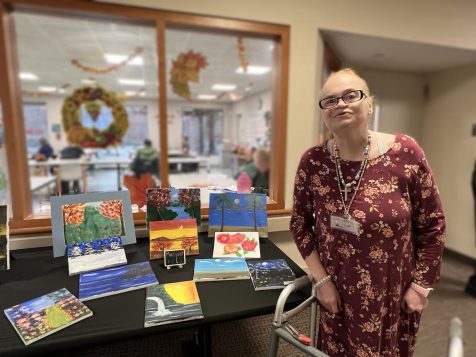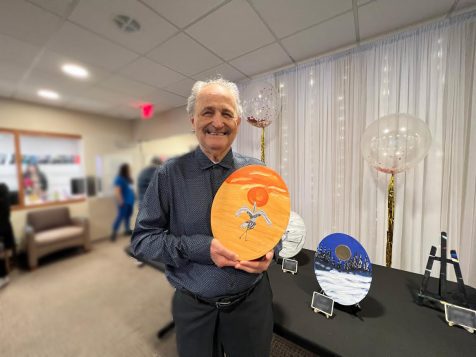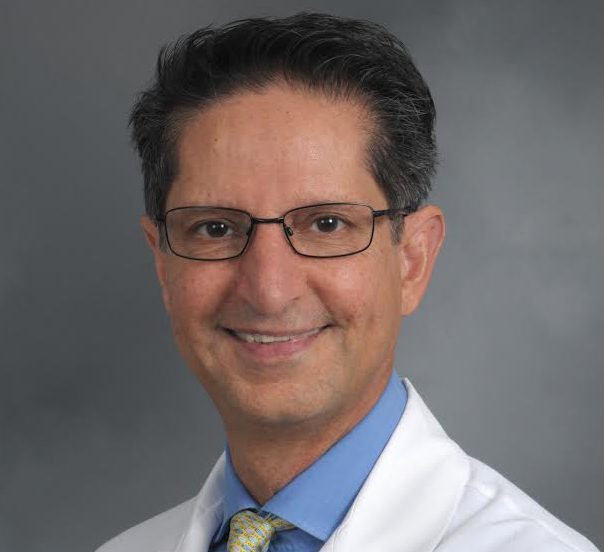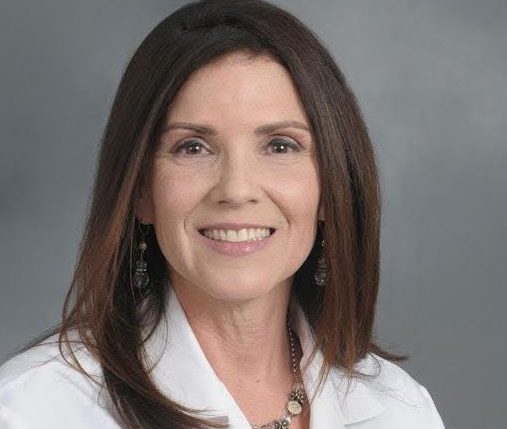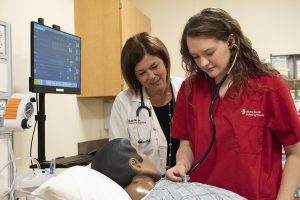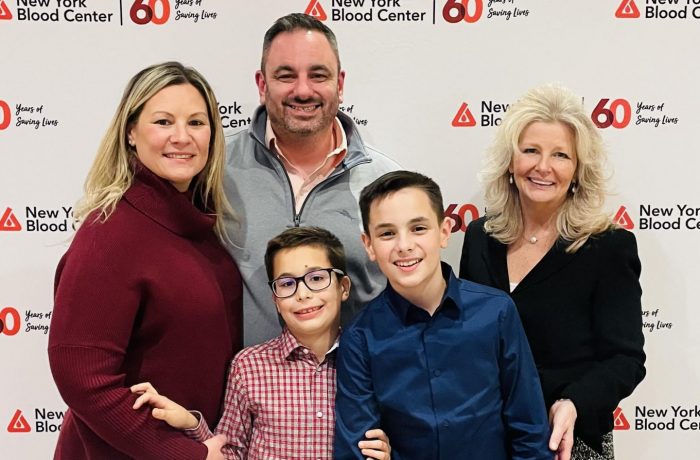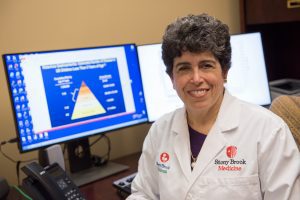Gurwin Jewish Nursing & Rehabilitation’s Adult Day Care Health Program recently hosted an Art Gala, celebrating the artistic achievements of their program participants. The event showcased their creativity and talents in a stunning display of more than 50 pieces of artwork, ranging from mixed media to pottery and jewelry.
The Program’s main lobby and hallway were transformed into a captivating gallery, featuring acrylic paintings on canvas, watercolors, colored pencil drawings, marker illustrations and an impressive selection of handcrafted pottery and jewelry. Visitors admired the diverse styles and expressions that reflected the enthusiasm and talent of each artist.
In March 2025, selected pieces from Gurwin’s Adult Day Care Health Program’s gala will be showcased in the Commack Public Library’s gallery, bringing this remarkable exhibit to the wider local community.
Significant to the event’s success is art mentor Marcia Tapia, who runs the Love Without Barriers Foundation. For the past two years, Marcia has generously volunteered her time every Thursday morning, guiding Gurwin’s Adult Day Care participants with compassion, patience and exceptional teaching skills. Through her mentorship, participants have gained confidence and refined their artistic techniques, unlocking their creative potential.
The Art Gala also included a heartfelt tribute to one of the program’s most talented artists, Olga Trujillo. Olga’s artwork holds a special place in the program, with one of her pieces featured as the cover of the 2024 Alzheimer’s Disease Resource Center’s Annual Calendar. All of Olga’s works were beautifully displayed at the event, honoring her memory.
“Our art program is one of the many awe-inspiring activities our participants engage in,” said Jeraldine Fedoriw, LMSW, Chief Adult Day Officer at Gurwin. “We’ve had legally blind individuals create stunning artwork, even when they’ve never done any type of art before. Our Art Gala highlighted their pride in showing their work and the appreciation of their families says it all.”
Attendees left inspired by the passion of the artists from the Gurwin Adult Day Care Program.
# # #
About Gurwin Adult Day Care Program:
The Gurwin Adult Day Care Program, located at Gurwin Jewish Nursing & Rehabilitation Center, is part of the Gurwin Healthcare System and offers a compassionate and supportive environment for individuals in need of daytime care. Designed for seniors and adults with chronic illnesses or disabilities, the program focuses on enhancing quality of life through medical supervision, personalized care plans and engaging activities. Participants receive tailored services, including physical therapy, socialization opportunities, and cognitive stimulation from a team of skilled professionals dedicated to meeting both the medical and emotional needs of participants. The award-winning program is located in Commack, NY, and serves the surrounding communities. For more information, please visit www. gurwin.org/adult-day-health or call 631-715-2520.


